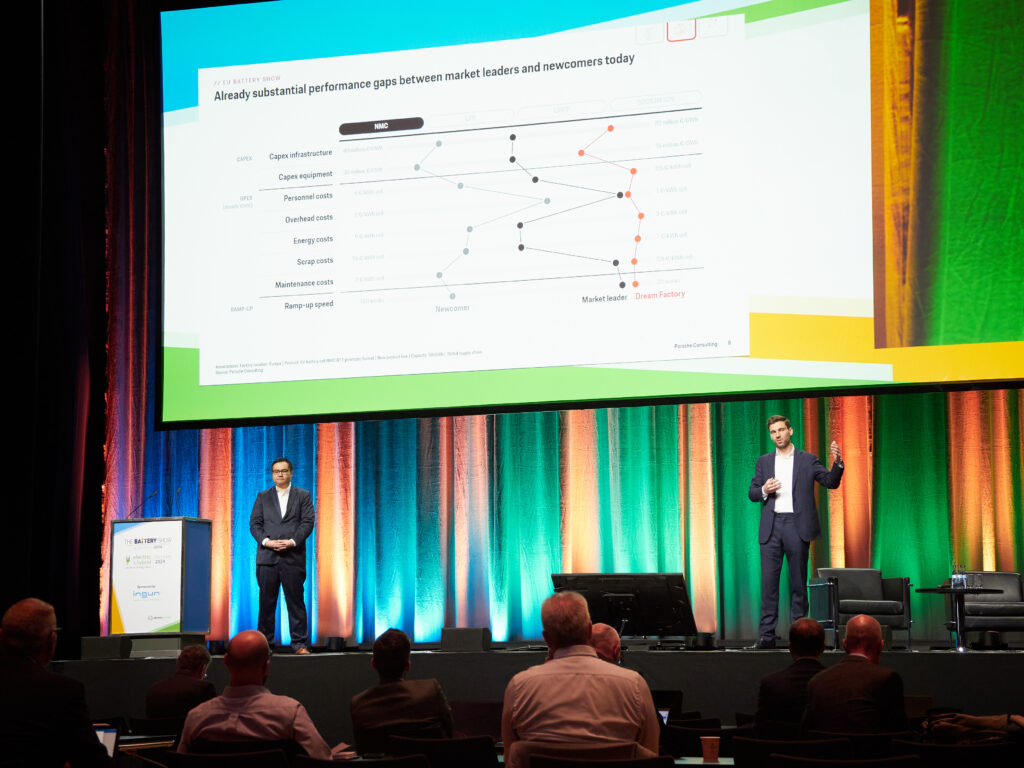
Did you know that over 70% of consumers are willing to pay more for sustainable products? This staggering statistic highlights the growing importance of environmental practices in today’s market. As we navigate through a world increasingly focused on sustainability, it’s fascinating to explore how these practices shape product attributes and influence consumer choices.
The Essence of Environmental Practices in Product Design
Environmental practices encompass a range of strategies aimed at reducing ecological footprints while enhancing product appeal. These practices often manifest in materials used, manufacturing processes, and overall lifecycle management. One key feature is their impact on maintenance requirements; products designed with sustainability in mind tend to require less frequent replacement and can be easier to maintain due to durable materials or modular designs. This not only benefits the environment but also provides consumers with long-term value.
Diving into Renewable Energy Business and Its Maintenance Requirements

The renewable energy sector has made significant strides in integrating environmental practices into its operations. When it comes to maintenance requirements, renewable energy systems—like solar panels or wind turbines—are engineered for efficiency and longevity. For instance, solar panels typically have low upkeep needs once installed; they may just require occasional cleaning and inspections rather than extensive repairs or replacements. This reliability makes them an attractive option for both businesses and homeowners looking to minimize their carbon footprint without sacrificing performance.
Find more about renewable energy business.
A Closer Look at The Battery Show’s Maintenance Requirements
The Battery Show serves as a prime example of innovation within the realm of sustainable technology, particularly regarding maintenance requirements:
- Modular Designs: Many battery systems showcased are built with modular components that allow easy upgrades without replacing entire units.
- Predictive Maintenance: Advanced monitoring technologies help predict when maintenance is needed before issues arise, ensuring optimal performance.
- Sustainable Materials: Batteries made from recyclable materials reduce waste while simplifying disposal processes after their life cycle ends.
- User-Friendly Interfaces: Enhanced user interfaces provide clear guidance on maintaining battery health effectively over time.
- Lifespan Optimization: Innovations focus on extending lifespan through better thermal management techniques which ultimately lower overall maintenance costs.
Your Takeaway: The Future Is Green!
This exploration into environmental practices reveals how they significantly influence product attributes—especially concerning maintenance requirements. By prioritizing sustainability, companies not only cater to eco-conscious consumers but also create products that stand the test of time with minimal upkeep needs. As we move forward, embracing these principles will undoubtedly lead us toward a greener future where both people and planet thrive together!
